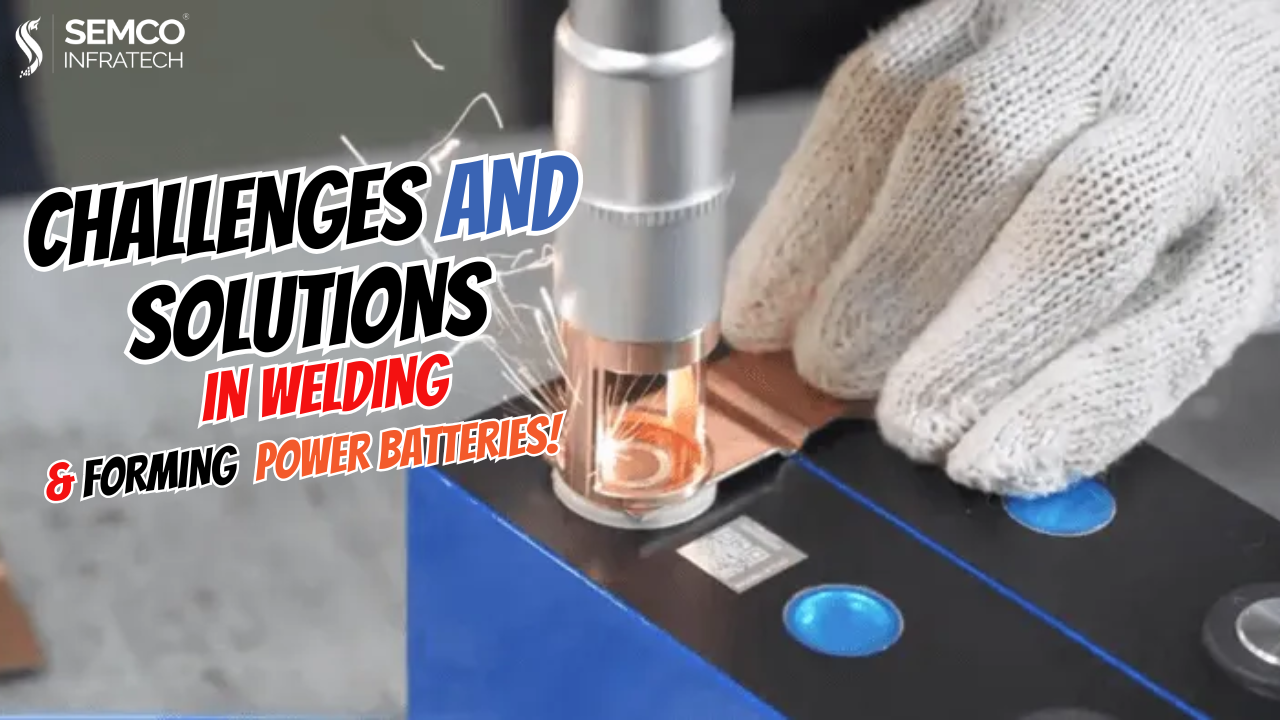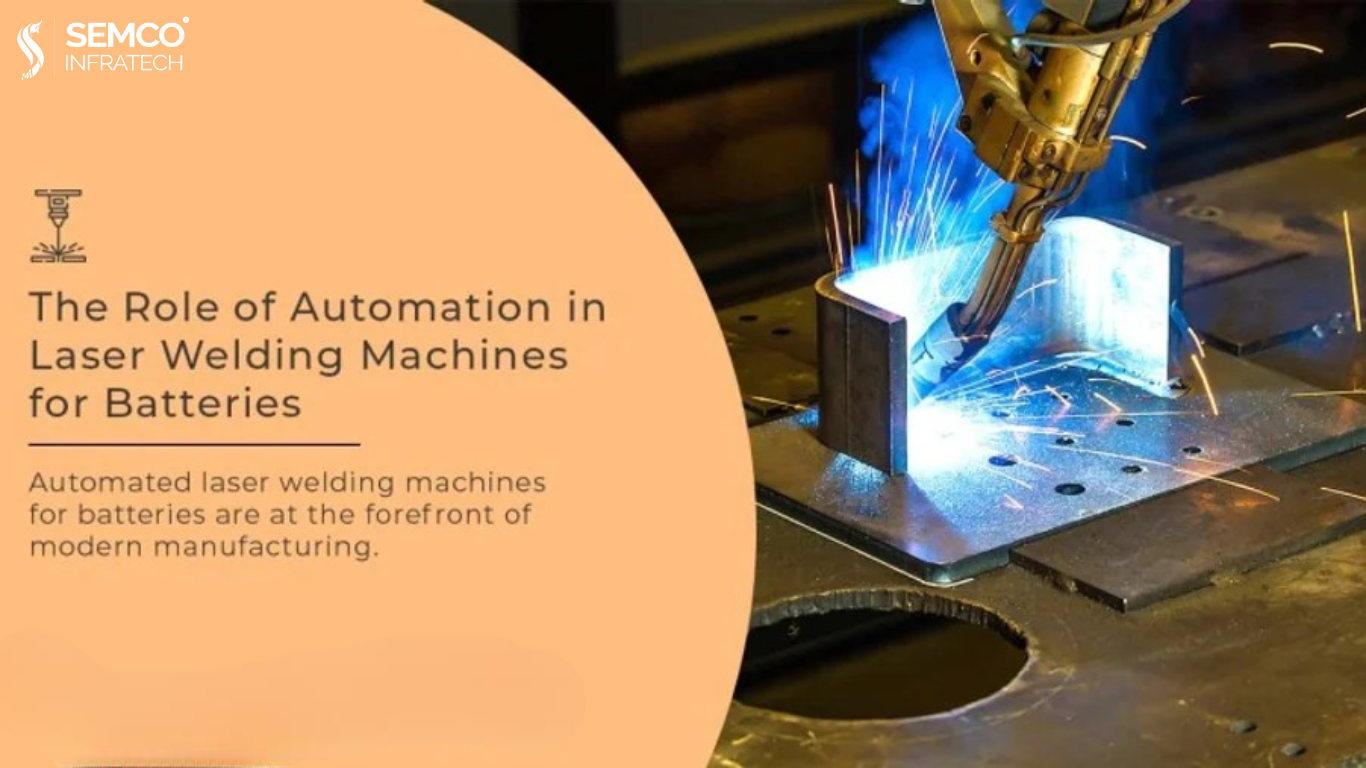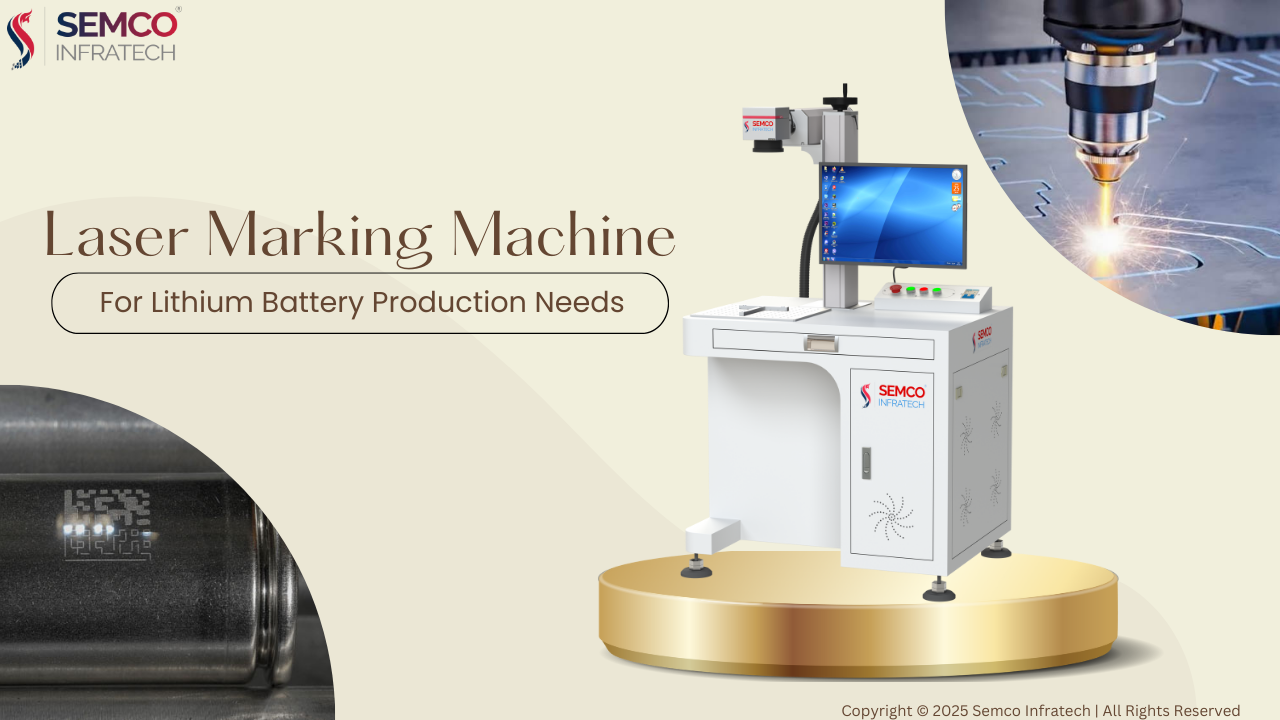In the evolving world of lithium-ion battery manufacturing, the processes of welding and forming play a pivotal role in ensuring both the structural integrity and electrical performance of the battery pack. These steps are especially critical when dealing with power battery assembly, where precision, speed, and reliability are essential. However, manufacturers often face several technical hurdles when it comes to welding and forming operations.
Key Challenges in Welding and Forming Power Batteries
1. Aluminium Welding in Battery Packs
- Material Properties: Aluminium’s high reflectivity and low laser absorption rate make it a tough material to weld efficiently using conventional methods.
- Welding Defects: Issues such as porosity, spatter, and thermal cracks often occur.
- Welding Techniques: To overcome these, it’s vital to optimize laser parameters, welding speeds, and fixture designs.
2. Thin Battery Shells
- Delicate Welding: The thin aluminium casings used in prismatic lithium-ion batteries are prone to deformation.
- Welding Methods: Side welding and top welding are the most widely used techniques, each with its set of complexities.
3. Challenging Welding Structures
- Corner Welding: The corners of square battery cells present geometric limitations, making it hard to ensure a consistent weld.
- Soft-Wrapped Ears: Welding soft-wrapped tabs requires meticulous clamping and positioning for reliable electrical connectivity.

Innovative Solutions in Battery Welding and Forming
1. Advanced Welding Technologies
- Laser Welding: The use of adjustable ring-mode lasers (ARM) significantly reduces spatter and improves weld uniformity.
- Ultrasonic Welding: Ideal for delicate parts like soft tabs, this technique minimizes heat input while ensuring robust connections.
2. Material and Surface Preparation
- Surface Cleaning and degreasing are fundamental steps to achieve defect-free welds.

3. Precision Fixture Design
- Customized fixtures help maintain accurate positioning and reduce welding errors or part distortions.
4. Process Control and Optimization
- Fine-tuning parameters like power levels, focus, and travel speed is key to improving weld quality and consistency.
Role of Equipment Suppliers in Battery Welding
Battery manufacturing equipment suppliers are instrumental in enabling high-quality welding processes. They deliver specialized laser welding machines for lithium-ion batteries that accommodate diverse cell sizes and shapes.

In India, leading lithium-ion battery equipment suppliers offer state-of-the-art technology along with essential services like technical support, equipment maintenance, and training programs. Their contributions are vital to boosting the productivity and performance of battery assembly lines.
Conclusion
As the demand for EV battery packs and energy storage systems continues to grow, addressing the challenges in welding and forming becomes increasingly crucial. Through the adoption of innovative techniques and support from reliable equipment suppliers, manufacturers can enhance both battery safety and production efficiency.





